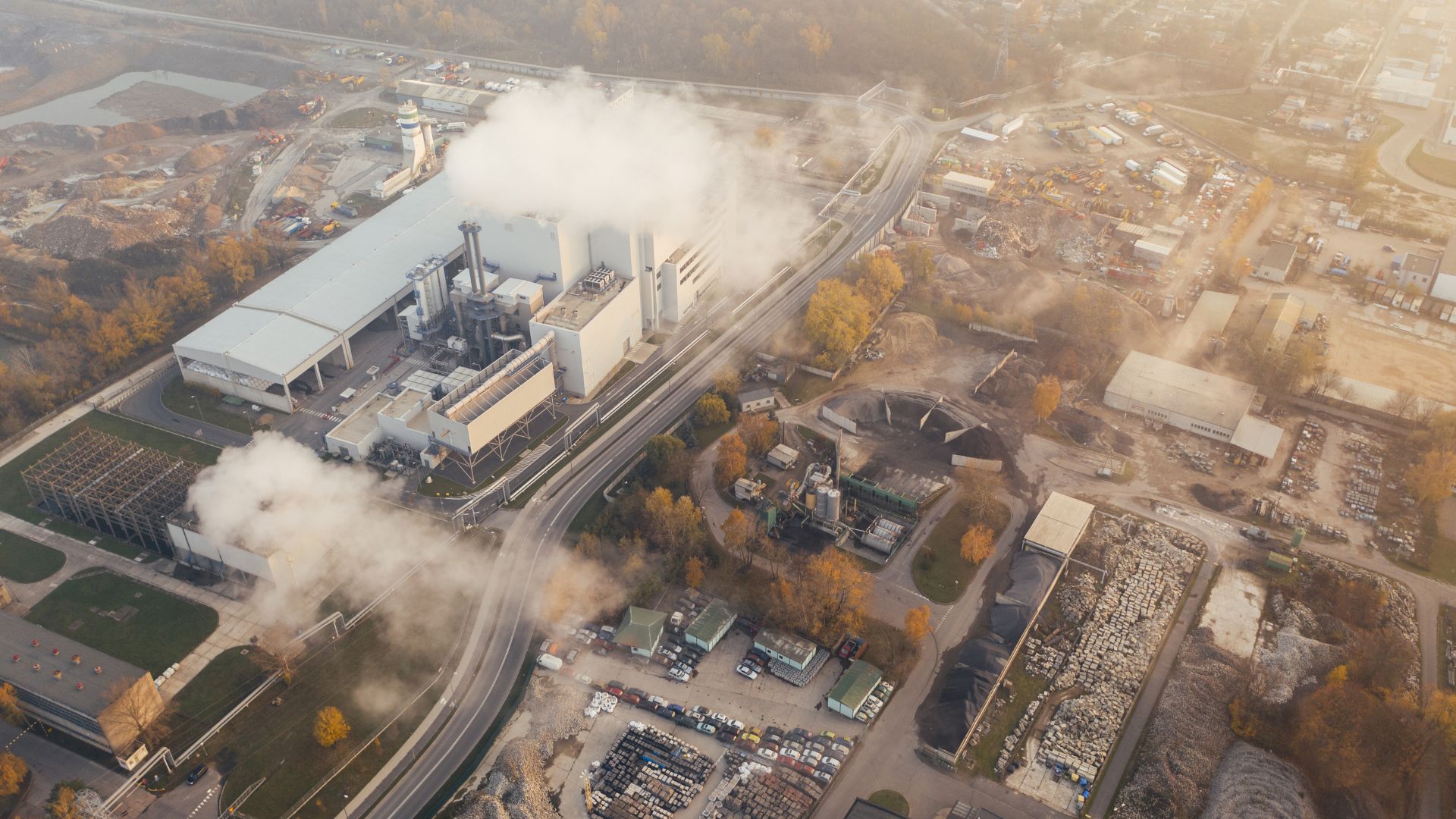Facilities Management (FM) has always been about ensuring that buildings and infrastructure operate efficiently. However, climate change has introduced new challenges that FM in Malaysia must now handle. Rising temperatures, extreme weather events, and sea-level rise are no longer distant threat, they are affecting buildings and facilities today.
Some key challenges of climate change on facilities management in Malaysia
Climate change is reshaping the landscape of facilities management in Malaysia, bringing new risks that require proactive strategies. Rising global temperatures, unpredictable weather patterns, and shifting environmental conditions are not just future concerns. They are already disrupting operations and infrastructure. Below are some of the most pressing challenges:
Extreme Weather Events
Malaysia is experiencing an increase in flash floods, heavy rainfall, and prolonged heatwaves, all of which put immense pressure on buildings and infrastructure. Floodwaters can damage electrical systems, mechanical equipment, and structural integrity, leading to costly repairs and downtime. Heatwaves, on the other hand, accelerate material degradation, affecting roofing, insulation, and HVAC performance. Facility managers must now integrate climate-resilient designs and predictive maintenance to minimize disruptions.
Rising Sea Levels and Urban Flooding
Coastal cities such as Penang and parts of Kuala Lumpur face an escalating risk of coastal erosion and flooding due to rising sea levels. However, even historically unaffected cities are now experiencing severe floods, highlighting the need for improved urban drainage systems, flood barriers, and sustainable water management practices. Facilities managers must incorporate flood-resistant building materials, elevated structures, and smart water diversion systems to safeguard assets against future climate-related risks.
Rising Energy Demand and Carbon Footprint
With higher temperatures becoming the norm, the demand for air conditioning and cooling systems is surging, driving up energy consumption, operational costs, and carbon emissions. This not only strains electricity grids but also conflicts with sustainability goals. Facility managers need to adopt energy-efficient HVAC systems, smart building automation, and renewable energy solutions such as solar panels and green roofs to mitigate rising costs while reducing environmental impact.
Resource Scarcity and Water Management
Water shortages, particularly during prolonged dry seasons, are a growing concern. As demand for clean water rises, facilities must optimize consumption through rainwater harvesting, greywater recycling, and smart water monitoring systems. Additionally, sustainable landscaping, low-water irrigation systems, and leak detection technology can help reduce water waste and improve long-term resource resilience.
Traditional FM strategies are no longer enough. Facility managers in Malaysia must now think beyond regular maintenance and repairs to ensure climate resilience and long-term sustainability.
How Facilities Management Can Adapt and Thrive
Forward-thinking facility managers in Malaysia are already adapting to climate change by implementing climate resilience and disaster preparedness strategies. By making buildings more sustainable and resistant to environmental challenges, they are ensuring long-term operational stability.
Here’s how FM is evolving to tackle climate change in Malaysia:
- Climate Resilience Planning: Facility managers are conducting risk assessments and strengthening buildings to withstand extreme weather.
- Disaster Preparedness: Emergency response plans and backup systems are becoming standard to reduce downtime during crises, particularly in flood-prone areas.
- Sustainable Building Practices: Green building designs, energy-efficient systems, and renewable energy sources help reduce environmental impact and lower costs. Read more here.
- Smart Technology Integration: IoT sensors and AI-powered systems improve energy efficiency, water conservation, and predictive maintenance.
- Eco-Friendly Operations: Waste reduction, sustainable sourcing, and carbon footprint monitoring contribute to long-term environmental sustainability.
These strategies not only protect facilities from climate-related risks but also improve efficiency, reduce costs, and align with Malaysia’s sustainability goals such as the National Energy Policy 2022-2040.
How to Implement Climate-Resilient FM Strategies
Every facility in Malaysia can take steps to become more resilient and sustainable. Here’s how you can start:
- Assess Your Facility’s Risk: Identify climate-related risks such as flooding, extreme heat, or energy vulnerabilities in your specific location.
- Develop a Resilience Plan: Strengthen building structures, upgrade HVAC systems, and implement emergency preparedness plans tailored to Malaysia’s climate conditions.
- Invest in Sustainable Technology: Use smart sensors, energy-efficient lighting, and renewable energy sources like solar panels to reduce environmental impact.
- Train Your FM Team: Ensure facility managers and staff are equipped with knowledge and tools to manage climate challenges effectively.
- Adopt Sustainable Policies: Implement green procurement, waste management, and water conservation initiatives in compliance with Malaysian environmental regulations.
- Monitor and Improve Continuously: Regularly assess and update your strategies to adapt to new climate risks and technologies.
Conclusion
Climate change is reshaping facilities management in Malaysia whether we are prepared or not. By embracing climate resilience, disaster preparedness, and sustainability, FM teams can protect their buildings, reduce costs, and contribute to a greener future. The time to act is now. Facility managers must lead the way in building a more climate-resilient Malaysia.
At Infinity Wave, we specialise in delivering advanced solutions like FOX, designed to revolutionise facilities management. Whether you’re looking for the flexibility of a cloud-based system or the control of an on-premise solution, we can guide you toward the best fit for your business.
Learn how FOX can optimise your maintenance processes and improve operational efficiency. Explore our solutions to take your facilities management to the next level.
